I want a magnet like this:

I want to fit as many poles as possible.
The plan is to obtain a disk magnet (even better if I get a ring magnet), heat it up to remove the original magnetization, and create new magnetization by discharging some capacitors into some coils.
It seems that it takes about 3.5 T of magnetic field to magnetize a neodymium magnet. Achieving this large a field with air core inductors is quite challenging. However, it is possible.
 DeepSOIC
DeepSOIC





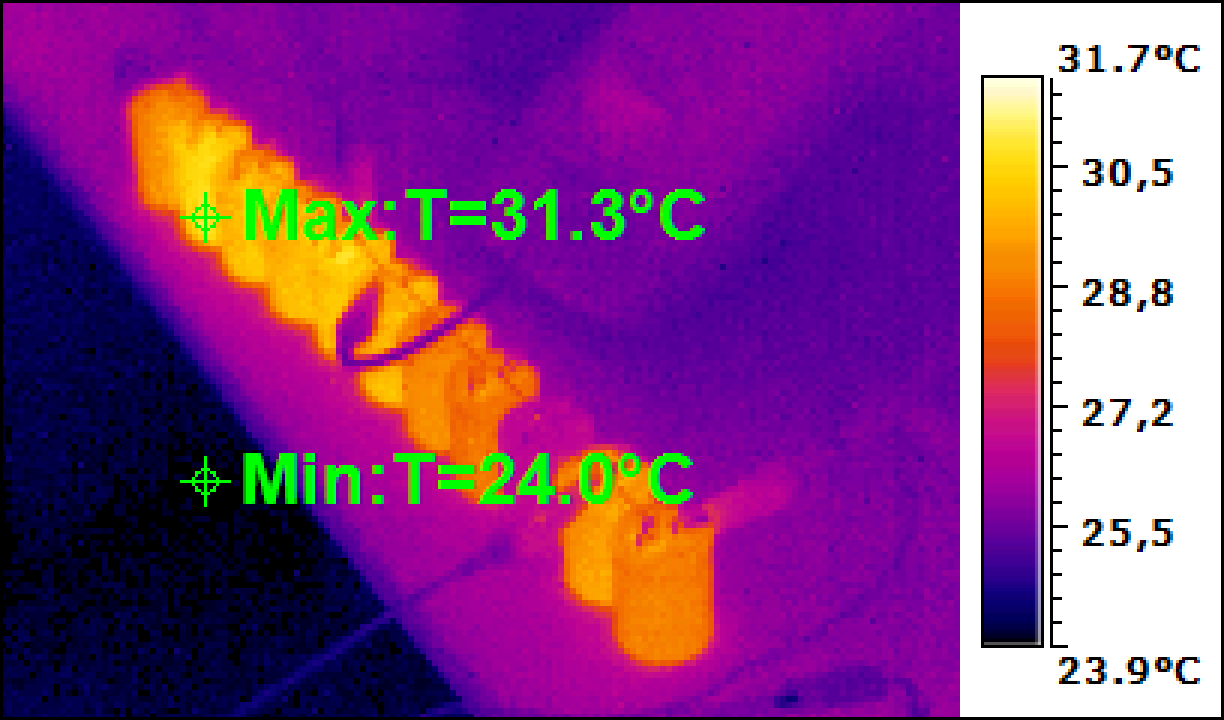


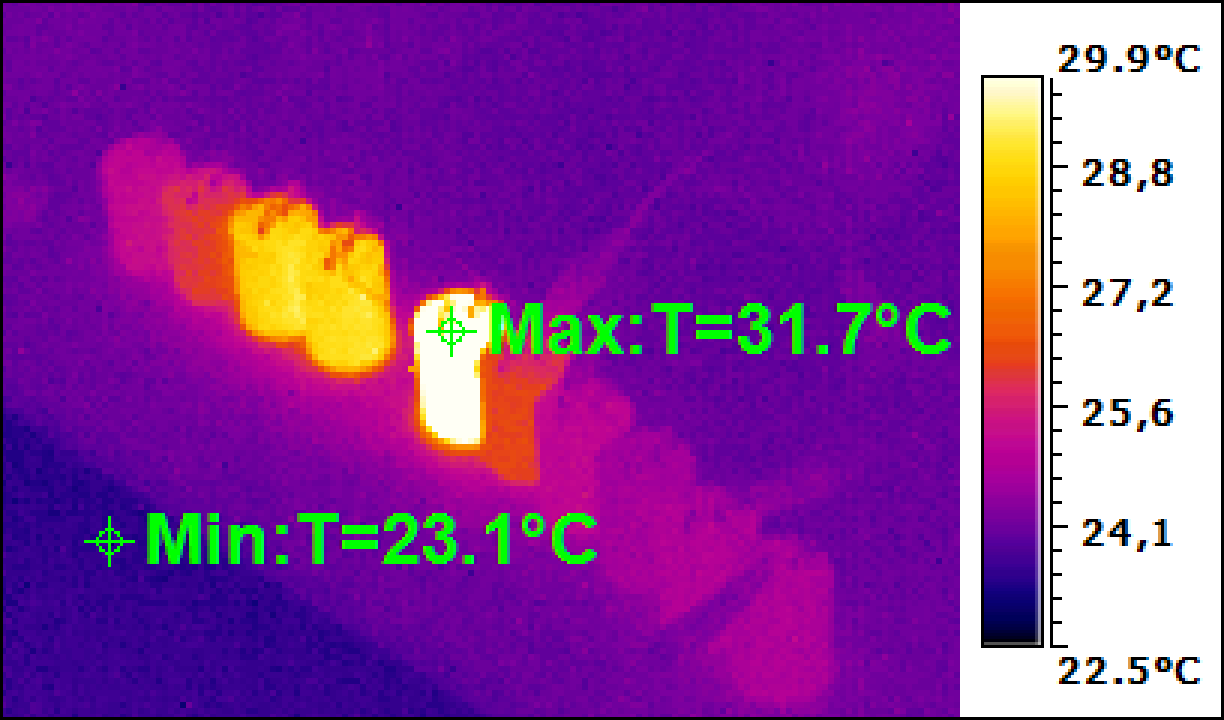
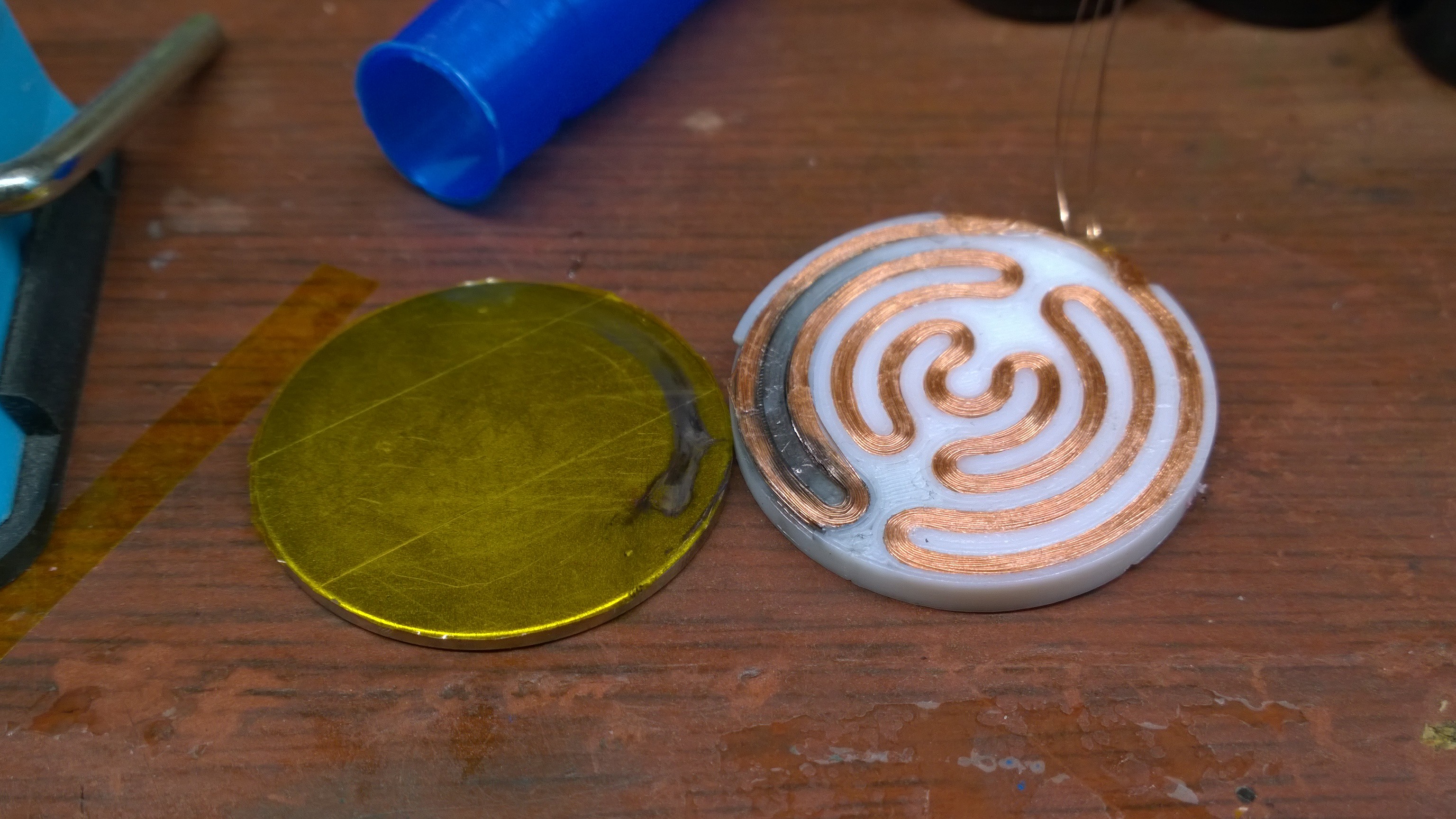

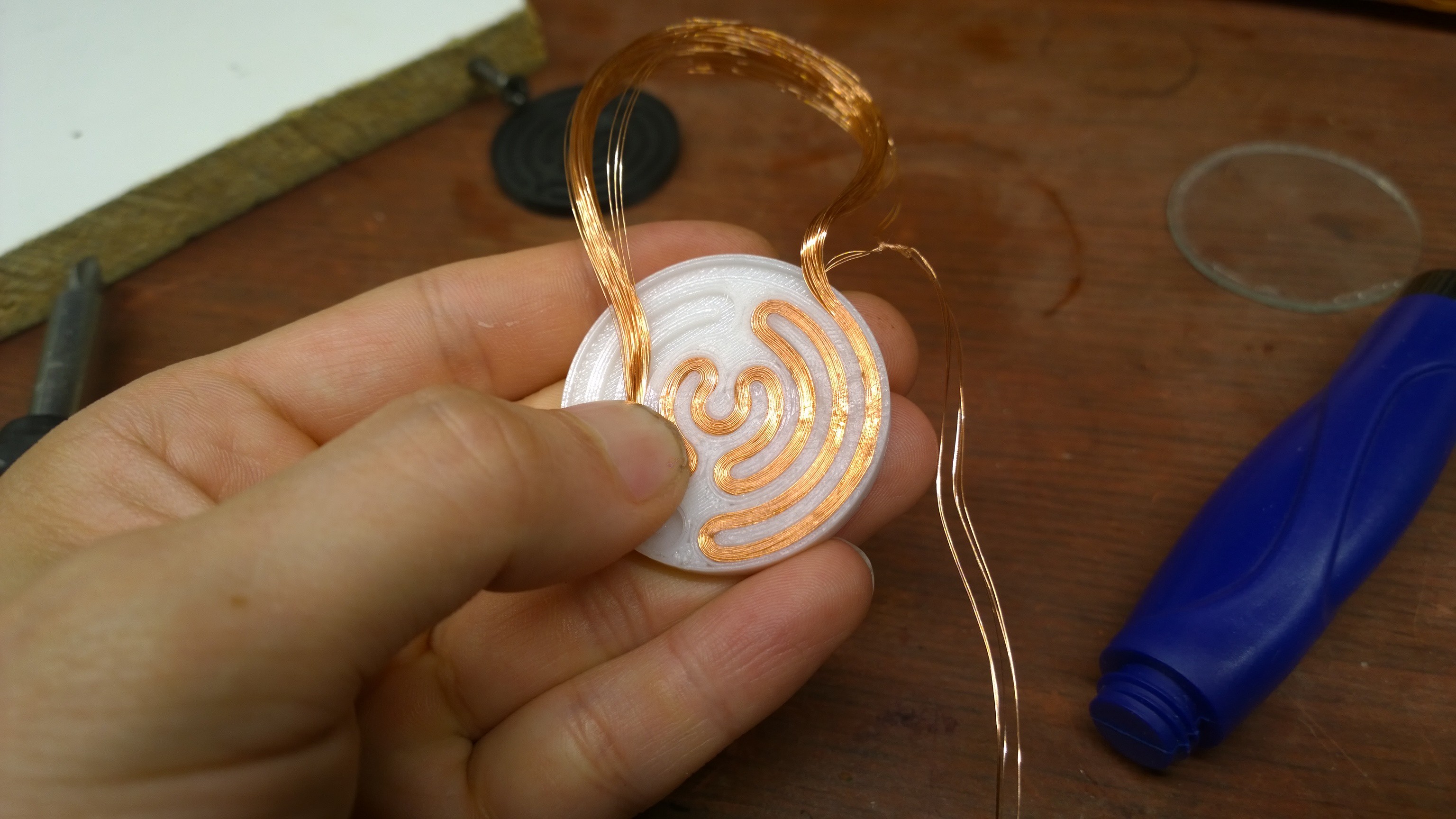

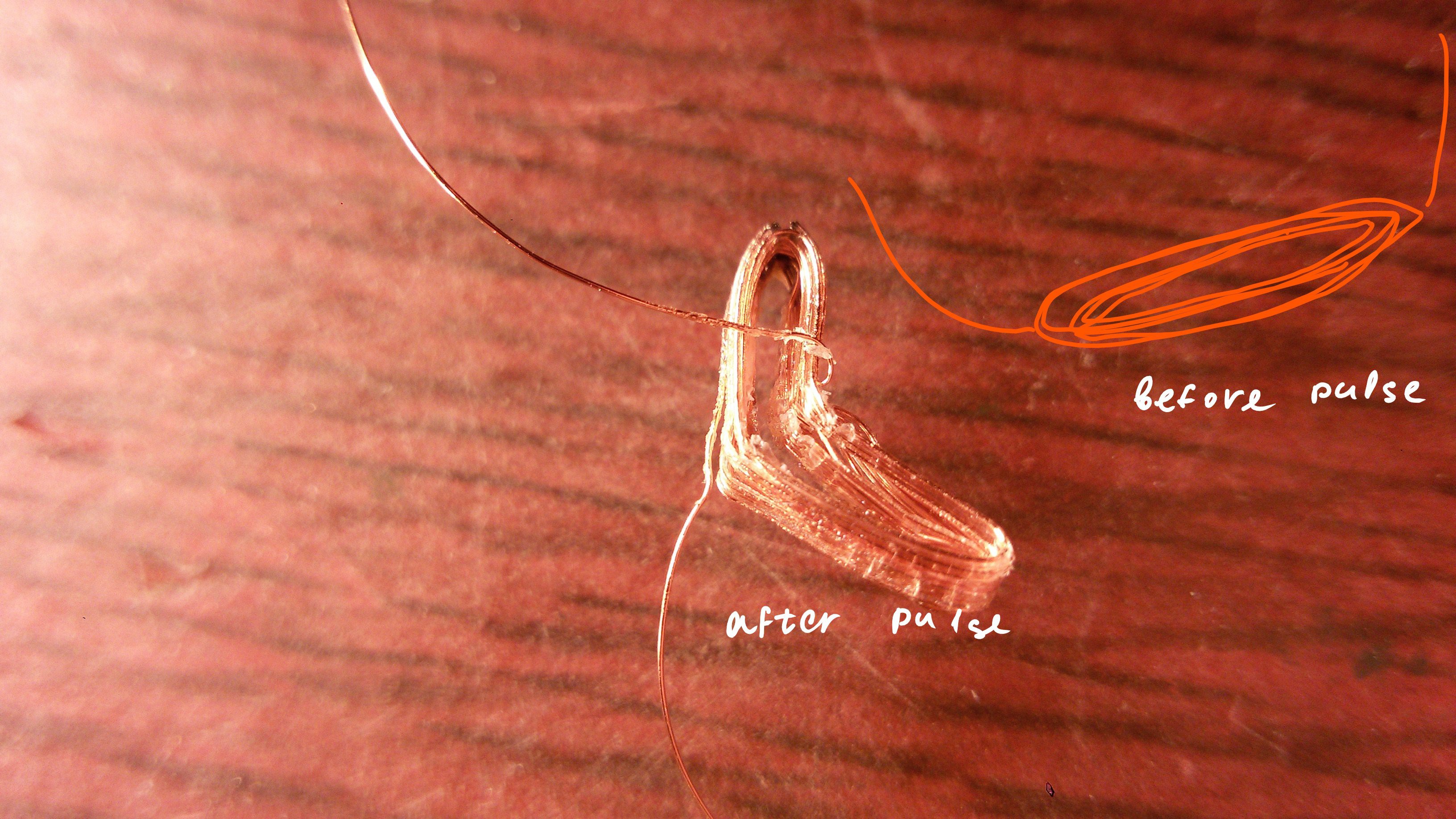


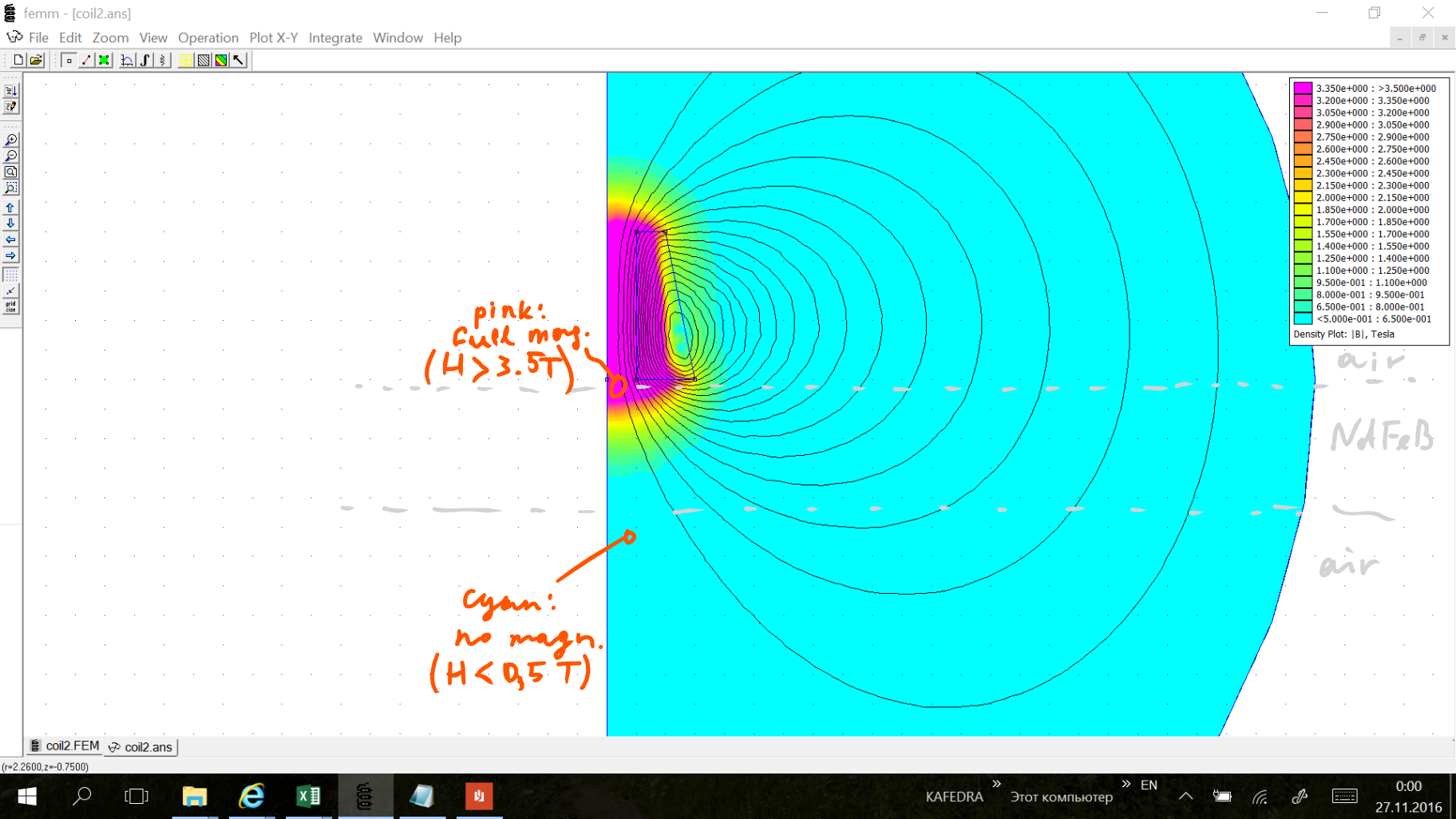







 CapitanVeshdoki
CapitanVeshdoki
 Paul McClay
Paul McClay
 Yann Guidon / YGDES
Yann Guidon / YGDES
very cool project, what have you done with the magnets? I’m also interested in doing my own magnets :)